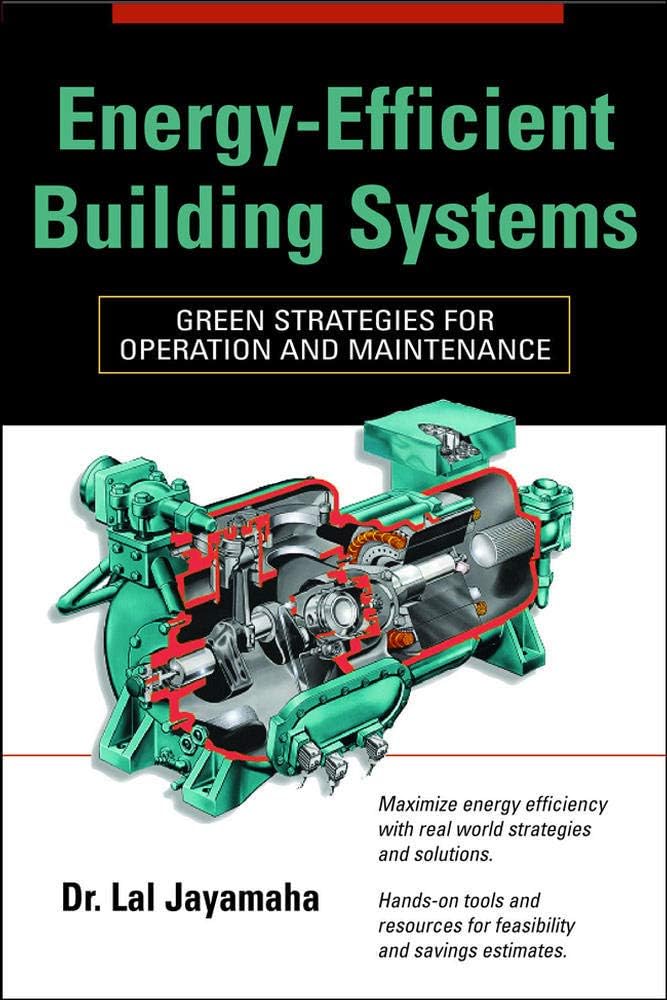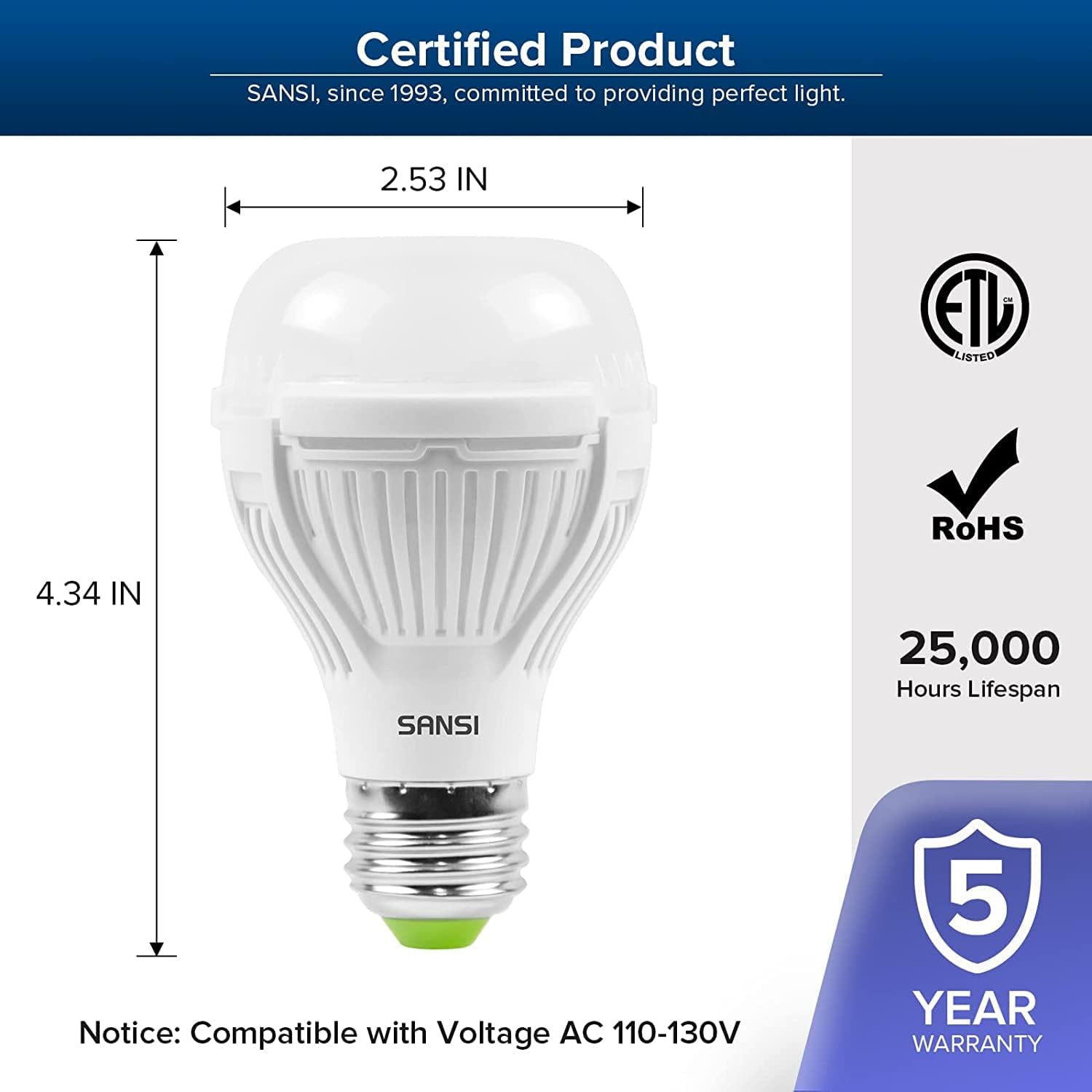As a journalist, I have always been fascinated by the concept of green building certification. It is a testament to the growing awareness of the impact of construction on our environment and health. Green Building Certification is a process that applies to sustainable construction practices that are designed to reduce the negative effects of building on the natural environment.
Green building certification provides a clear set of guidelines and standards that help architects and builders create buildings that are energy-efficient, resource-efficient, and healthier for occupants. In this article, we will explore what green building certification is, the different certification programs, and their benefits. We will also examine how green building certification impacts the environment, economy, and public health.
Key Takeaways
- Green Building Certification is a process that applies to sustainable construction practices that are designed to reduce the negative effects of building on the natural environment.
- This article will explore what green building certification is, the different certification programs, and their benefits.
- We will examine how green building certification impacts the environment, economy, and public health.
Understanding Green Building Certification
Green building certification is a process that evaluates a building’s sustainable features and performance. It helps to ensure that the building is environmentally responsible, resource-efficient, and healthy for occupants.
There are various sustainable building certifications and green building rating systems available. Some of the most widely recognized ones include:
| Certification/Rating System | Description |
|---|---|
| Leadership in Energy and Environmental Design (LEED) | The most popular and comprehensive green building rating system developed by the US Green Building Council (USGBC). |
| Green Globes | An online assessment tool developed by the Green Building Initiative (GBI), which provides a similar service to LEED. |
| Living Building Challenge | A certification program that aims to ensure buildings have a positive impact on the environment and the community. |
LEED Certification: The Gold Standard
LEED certification is considered the gold standard of green building certification. It evaluates building performance across a range of categories, including energy efficiency, water efficiency, materials and resources, indoor environmental quality, and innovation.
LEED certification has four levels: certified, silver, gold, and platinum. Each level signifies a higher degree of sustainability and requires a higher score in the rating system.
Other Green Building Certification Programs
Aside from LEED, there are other notable green building certification programs available. These include:
- BREEAM (Building Research Establishment Environmental Assessment Method)
- Passive House
- Green Star
- WELL Building Standard
Each program has its own unique features and benefits, and all aim to promote sustainable construction practices.
LEED Certification: The Gold Standard
LEED (Leadership in Energy and Environmental Design) is a globally recognized green building certification program and the most widely used green building rating system in the world. It was developed by the U.S Green Building Council (USGBC) in 2000.
LEED certification evaluates the environmental performance of buildings and encourages sustainable design, energy efficiency, and environmental stewardship. Buildings can achieve LEED certification at four levels: certified, silver, gold, or platinum, based on the number of points earned in the certification process. The certification process involves a rigorous review of the building’s design, construction, and operation, with a focus on categories like water efficiency, energy and atmospheric performance, materials and resources, and indoor environmental quality.
LEED certification offers many benefits, including reduced operating costs, energy and water savings, better indoor air quality, and improved public health. It also helps building owners and developers to differentiate their properties and attract tenants and customers who value sustainable and eco-friendly practices. Moreover, LEED certification contributes significantly to the fight against climate change by reducing carbon emissions and promoting the use of renewable energy sources.
LEED certification is not only for new construction but also for existing buildings, homes, and entire neighborhoods. The USGBC continuously updates and revises the LEED rating system to keep up with the latest technologies, environmental research, and industry trends, ensuring that LEED buildings remain at the forefront of sustainable design and construction.
Other Green Building Certification Programs
In addition to LEED certification, there are several other green building certification programs available for builders and designers seeking to promote sustainable construction practices.
The Living Building Challenge
The Living Building Challenge is a sustainability certification program that focuses on regenerative design, meaning that it aims to create buildings that generate more energy than they consume, use non-toxic materials, and operate with a closed-loop water system. The certification process is divided into seven performance areas that include site, water, energy, health, materials, equity, and beauty.
Green Globes
Green Globes is a web-based green building rating system developed by the Green Building Initiative. It offers a flexible and affordable alternative to LEED certification and is designed to help builders and designers assess, document, and improve the sustainability of their projects. Green Globes certification is based on a 1000-point scale and evaluates several categories, including energy, water, materials, indoor environment, and site.
The WELL Building Standard
The WELL Building Standard is a performance-based certification program that focuses on enhancing the health and well-being of occupants in buildings. It consists of a set of requirements and optimizations in seven categories that include air, water, nourishment, light, fitness, comfort, and mind. The certification process involves an assessment of the building’s design, operations, and policies.
Overall, these green building certification programs offer a wide range of options for builders and designers to promote sustainable construction practices and create healthier and more efficient buildings.
The Impact of Green Building Certification
As a journalist, I have investigated the impact of green building certification on the environment, economy, and public health. The results are clear: sustainable building practices and green building certification are essential components of creating a better future for all of us.
Green building certification provides a comprehensive assessment of a building’s environmental impact, including factors such as energy efficiency, water conservation, waste reduction, and indoor air quality. By requiring buildings to meet certain criteria and standards, green building certification encourages sustainable construction practices and reduces negative environmental impacts.
But the benefits of green building certification don’t stop there. In addition to promoting environmental sustainability, green building certification has significant economic benefits. Studies have shown that green buildings have higher property values, lower operating costs, and provide a better return on investment than standard buildings.
Beyond economic benefits, green building certification also has important public health benefits. By promoting healthy indoor air quality, green building certification can reduce the prevalence of respiratory illnesses and other health problems associated with poor air quality. In addition, green building certification often requires the use of non-toxic materials and practices, further promoting public health.
Benefits of Green Building Certification
| Environmental Benefits | Economic Benefits | Health Benefits |
|---|---|---|
| -Reduced greenhouse gas emissions | -Higher property values | -Improved indoor air quality |
| -Water conservation | -Lower operating costs | -Reduced respiratory problems |
| -Reduced waste generation | -Better return on investment | -Non-toxic building materials and practices |
Overall, green building certification is a critical component of creating a sustainable and healthy future. By promoting sustainable construction practices and reducing negative environmental impacts, green building certification benefits the environment, economy, and public health.
Green Building Standards and Regulations
As a green building journalist, I know that achieving sustainable construction practices involves adhering to relevant green building standards and regulations. These standards are applied to ensure that buildings meet environmental and energy-efficiency benchmarks, minimize negative impacts on the environment, and protect the health and well-being of occupants.
One such standard is the International Green Construction Code (IGCC), which provides a comprehensive framework for sustainable design and construction practices. The IGCC addresses a range of issues, including site selection, energy and water conservation, indoor environmental quality, and material resource conservation. Compliance with the IGCC can help create buildings that are more energy-efficient, reduce carbon emissions, and promote resource conservation.
The Eco-Friendly Building Certification Program is another notable standard developed by the EPA that addresses environmental performance and sustainability across a range of building types. This program encourages buildings to achieve specific levels of environmental performance in six key categories, including energy efficiency, indoor environmental quality, and water conservation. The program is a great way to showcase a commitment to sustainable building practices and improving the overall environmental impact of buildings.
The Economics of Green Building Certification
As a professional copywriting journalist, I cannot deny the economics of green building certification. Sustainable design and energy-efficient buildings have the potential to save building owners and investors money in the long run. In fact, studies show that green buildings can attract higher property values and rent premiums, while also reducing operating costs and energy bills.
Now, you may be wondering how these cost savings are possible. Well, green building certifications like LEED and other sustainable design programs promote the use of efficient building systems and materials. These upgrades can reduce water and energy consumption, minimize waste, and improve indoor air quality. As a result, building owners can save money on utilities, maintenance, and repairs.
It’s not just building owners who benefit from green building certifications. Tenants and occupants also experience cost savings in terms of lower utility bills, healthier indoor environments, and increased productivity. In fact, studies have shown that green buildings can improve employee productivity by 5-11%.
“Green buildings can create a healthy indoor environment, reduce energy and water use, and therefore reduce operating costs. Reducing energy and water consumption also reduces greenhouse gas emissions, which is good for the environment and public health.” – Emily Flynn, President of Sustainable Investment Group
In addition to economic benefits, green building certifications also have a positive impact on the environment and public health. By promoting sustainable construction practices and reducing carbon emissions, we can protect the planet and create a more sustainable future for generations to come.
Achieving Green Building Certification
Obtaining green building certification requires a comprehensive understanding of sustainable construction practices and a commitment to implementing environmentally friendly solutions. Here are some practical tips on how to achieve green building certification:
- Evaluate your current building: Conduct an energy audit to identify areas where you can improve energy efficiency and reduce waste. This information will help you develop a sustainable building plan that meets the certification criteria.
- Choose the right certification program: There are a variety of green building certification programs available, each with its own set of criteria. Choose the one that best aligns with your goals and objectives.
- Develop a sustainable building plan: Work with a team of experts to develop a comprehensive plan that outlines your sustainability goals and objectives. This plan should include detailed strategies for reducing energy consumption, conserving water, and minimizing waste.
- Implement sustainable solutions: Once your plan is in place, it’s time to start implementing sustainable solutions. This may include installing energy-efficient lighting and HVAC systems, using sustainable building materials, and implementing a recycling program.
- Monitor your progress: Keep track of your progress towards meeting your sustainability goals. Regularly monitor your energy usage, water consumption, and waste reduction efforts, and make adjustments as needed.
- Work with a green building consultant: If you’re new to green building certification, consider working with a consultant who can provide expert guidance and support throughout the process.
- Celebrate your achievement: Once you’ve obtained green building certification, celebrate your achievement and use it as a marketing tool to attract tenants or customers who share your commitment to sustainability.
Achieving green building certification requires time, effort, and a commitment to sustainability. However, the benefits of green building certification are well worth it, as they can help save money, improve indoor air quality, and reduce your carbon footprint.
Case Studies: Successful Green Building Certification Projects
As a journalist covering sustainable construction, I have come across several inspiring examples of green building certification projects that have made a tangible difference to the environment and community.
One such example is the Bullitt Center in Seattle, which achieved the Living Building Challenge certification, the most stringent green building certification in the world. The building relies solely on solar power, rainwater harvesting, and a composting system to meet its energy and water needs. Additionally, the building features an innovative “smart window” system that automatically adjusts to optimize natural light and solar heat gain, reducing the need for artificial lighting and heating.
| Project | Certification | Description |
|---|---|---|
| One Angel Square, Manchester | BREEAM Outstanding | This six-story office building features a high-performance envelope, a biomass boiler, and an energy-efficient lighting system that allows the building to generate more energy than it consumes annually. |
| Bank of America Tower, New York City | LEED Platinum | This 1,200-foot tower boasts an advanced air filtration system, a greywater recycling system, and a green roof that reduces stormwater runoff and the urban heat island effect. It also designed to use 50% less energy than a typical office building. |
Another noteworthy example is the BRE Innovation Park in Watford, UK, which features a range of sustainable construction technologies and techniques that have been tested and validated for their performance. The park includes several full-scale demonstration buildings, such as the Sigma House, which achieved Passivhaus certification, demonstrating how energy savings of up to 90% can be achieved through intelligent design.
“Green building certification is not only about improving the environmental performance of buildings but also about improving the quality of life for occupants and the surrounding community.”
These projects are just a few examples of how green building certification is not only about improving the environmental performance of buildings but also about improving the quality of life for occupants and the surrounding community. By implementing sustainable practices and technologies, these projects have achieved significant reductions in energy consumption, water usage, and carbon emissions while creating healthier and more comfortable indoor environments.
Conclusion
So there you have it, the ultimate guide to green building certification. As I researched and wrote this article, I was struck by the importance of sustainable building practices and the positive impact they can have on our environment, economy, and public health.
From understanding green building certification and exploring different programs and initiatives like LEED, to examining the economic benefits and practical tips for achieving certification, we’ve covered a lot of ground.
It’s clear that green building certification is not only a worthwhile pursuit, but a necessary one if we want to create a sustainable and eco-friendly future. By adopting energy-efficient buildings and sustainable design practices, we can reduce our carbon footprint and help mitigate the effects of climate change.
Let’s take action together
Now that we have a greater understanding of green building certification, let’s take action and do our part to promote sustainable construction practices. Whether you’re a homeowner, builder, or developer, there are steps you can take to make a difference.
Consider incorporating green building certification into your next construction project and seek out resources and support to help you navigate the process. By working together, we can create a greener, healthier, and more sustainable future for ourselves and for generations to come.
Sources
- https://medium.com/@backup.rebelics/energy-efficient-lighting-solutions-for-a-brighter-future-8182e2216150
- https://medium.com/@backup.rebelics/protecting-the-earth-from-global-warming-a-comprehensive-guide-to-energy-efficiency-and-innovative-53eb249c7324
FAQ
Q: What is green building certification?
A: Green building certification is a process that assesses the environmental performance and sustainability of a building or construction project. It involves meeting specific criteria and standards set by recognized organizations to ensure energy efficiency, water conservation, waste reduction, and overall environmental responsibility.
Q: Why is green building certification important?
A: Green building certification is important because it promotes sustainable building practices that have a positive impact on the environment, economy, and public health. It encourages energy-efficient construction, reduces greenhouse gas emissions, improves indoor air quality, and conserves natural resources.
Q: What are some notable green building certification programs?
A: Some notable green building certification programs include LEED (Leadership in Energy and Environmental Design), BREEAM (Building Research Establishment Environmental Assessment Method), and Green Globes. These programs provide frameworks and guidelines for sustainable building design, construction, and operation.
Q: How can green building certification benefit the economy?
A: Green building certification can benefit the economy by creating new job opportunities in the green construction sector, reducing operating costs for building owners through energy savings, and increasing property value. It also stimulates innovation and fosters sustainable economic growth.
Q: What are the steps involved in achieving green building certification?
A: The steps involved in achieving green building certification vary depending on the program, but generally include conducting a feasibility study, incorporating sustainable design principles, implementing energy-efficient systems, utilizing eco-friendly materials, and documenting compliance with the certification requirements.
Q: Can you provide examples of successful green building certification projects?
A: Yes, there have been numerous successful green building certification projects worldwide. Some notable examples include the Bullitt Center in Seattle, Washington, which achieved Living Building Challenge certification, and the Bank of America Tower in New York City, which received LEED Platinum certification.


















